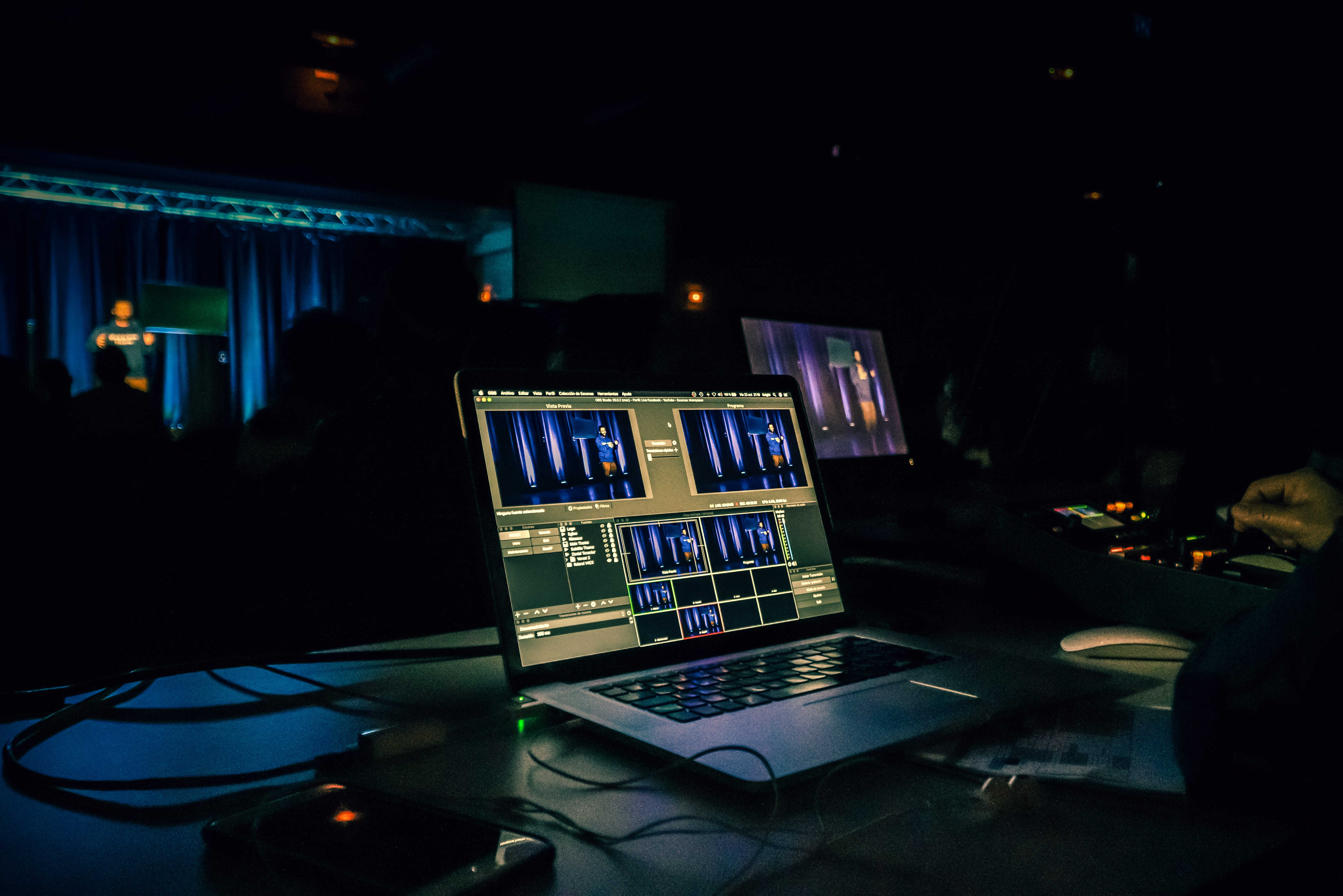How to Optimize RTMP Streaming for Low Latency

RTMP is a popular protocol for streaming audio, video, and data over the internet. It is often used by media companies who need to stream live videos. The most significant advantage of RTMP is its very low Latency. That means there is little to no delay between the time the video is captured and the time it is displayed on the user's screen. Though RTMP has a low latency time, you can still do a few things to optimize your RTMP stream for even lower latency.
This blog post will show you how to optimize RTMP streaming for low latency. Before diving into the topic, let's see what RTMP streaming is and how latency impact streaming quality.
What is RTMP Streaming?
The term RTMP stands for Real-Time Messaging Protocol. RTMP was developed by Adobe and is used to stream audio, video, and data over the internet. RTMP is a popular protocol for streaming live videos. Live streaming software like Castr supports RTMP streaming. Castr's RTMP server ensures high-quality, low latency, and adaptive bitrate live streaming.
RTMP is a TCP-based protocol. That means it uses the Transmission Control Protocol to ensure that data is delivered error-free. RTMP also uses a three-way handshake to establish a connection before it starts streaming.
The data is first sent to an RTMP server when you start an RTMP stream. The server then distributes the data to various endpoints like a web browser, media player, or another streaming server.
What is latency, & Why does it matter?
In the streaming industry, latency is a common problem. It takes time for the data to travel from the source to the destination. Latency is the time it takes for the data to travel from the source to the destination. The longer it takes for the data to travel, the higher the latency.
High latency can cause problems like buffering and choppy video. That's why keeping the latency as low as possible is important. High latency loses viewers' engagement and affects the quality of the user experience. When an audience watches a live stream with high latency, they feel disturbed and may leave the live stream. Thus you may lose potential customers and viewers. That's why keeping the latency as low as possible is essential.
Why Should You Optimize RTMP Streaming for Low Latency?
RTMP is already a low-latency protocol. The average Latency of RTMP is about 5 seconds. That's why RTMP is used for live streaming. But you can still do a few things to optimize your RTMP stream for lower latency. By optimizing your RTMP stream, you can improve the quality of your live stream.
How to Optimize RTMP Streaming for Low Latency?
You can do a few things to optimize RTMP streaming for lower latency. Here are a few tips to optimize RTMP streaming for lower Latency:
Use a CDN
A content delivery network (CDN) is a distributed server system that delivers content to users. A CDN can improve the quality of your live stream by reducing latency. A CDN copies the content from the source and stores it in cache memory. When a user requests content, the CDN delivers the content from the cache memory. That reduces the latency as the content doesn't have to travel from the source to the user. You can also use Multi-CDN to reduce the latency further.
Use an RTMP Server
An RTMP server is a media server that uses the RTMP protocol to stream live videos. An RTMP server can help reduce latency as it doesn't need to convert the video format. That means there is no encoding and decoding process. That can help you save time and reduce latency.
Use a Low Latency Encoder
A low latency encoder is a type of encoder that can reduce the latency. There are two types of encoders:
Hardware Encoder: A hardware encoder is a physical device that encodes video. A hardware encoder can offer low latency as it doesn't need to process the video.
Software Encoder: A software encoder is a program that encodes video. A software encoder can offer low latency if optimized for low latency.
Use an Optimized Playback
An optimized playback is a type of playback that can reduce latency. There are two types of optimized playback:
HTML5 player: An HTML5 player can reduce latency using the Media Source Extensions API. The Media Source Extensions API allows the player to fetch media data before it starts playing. That can help reduce latency.
Flash player: A Flash player can reduce latency using the NetStream class. The NetStream class allows the player to fetch media data before it starts playing. That can help reduce latency.
Use a WebSocket
A WebSocket protocol allows two-way communication between the client and the server. A WebSocket can help reduce latency by reducing the number of HTTP requests. When using a WebSocket, the client doesn't need to send an HTTP request to the server. That can help reduce latency.
Following these tips can optimize your RTMP stream for lower latency. That can help you improve the quality of your live stream.
Final Thoughts
Latency can cause problems like buffering and choppy video. That's why keeping the latency as low as possible is essential. High latency can also lead to lost viewers and customers. You can use the above tips to optimize RTMP streaming for lower latency. That can help you improve the quality of your live stream.
When using Castr for live streaming, you don't need to worry about latency. That's because Castr uses a global network of servers to deliver your content. Thus you can be sure they will deliver your content with low latency. Castr explores the Multi-CDN strategy to reduce latency further.
(Devdiscourse's journalists were not involved in the production of this article. The facts and opinions appearing in the article do not reflect the views of Devdiscourse and Devdiscourse does not claim any responsibility for the same.)










